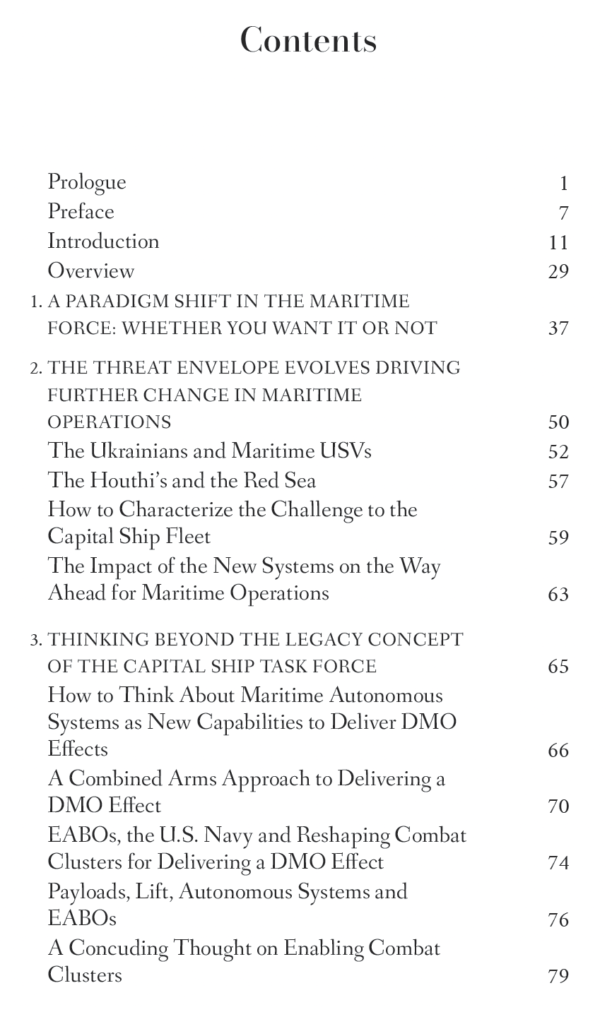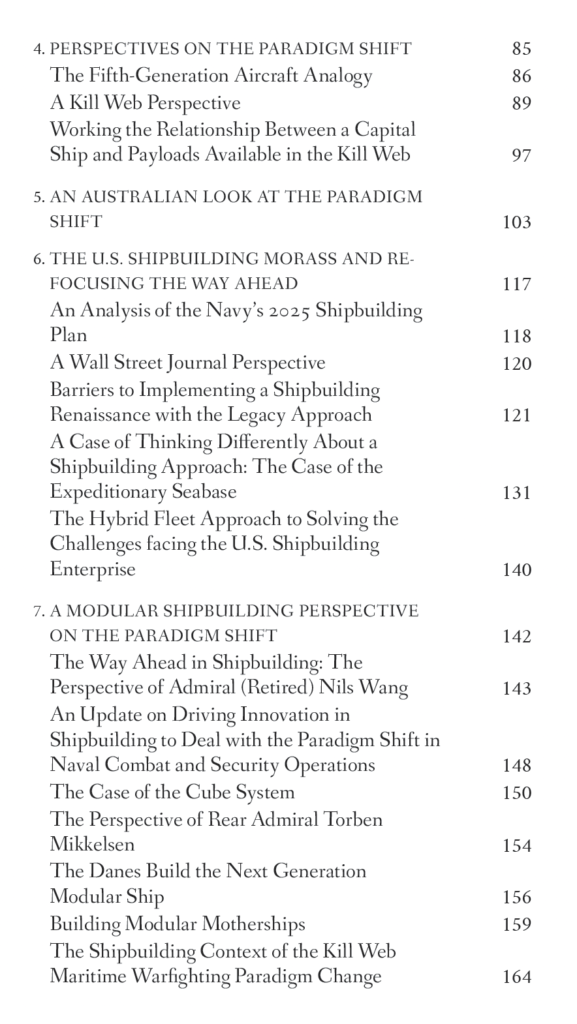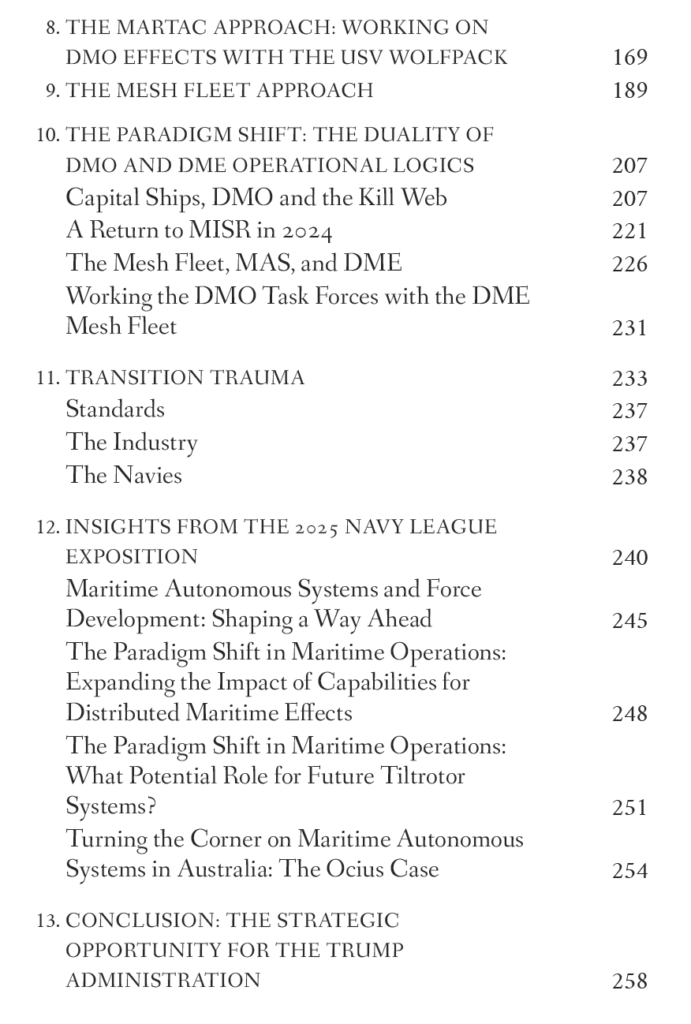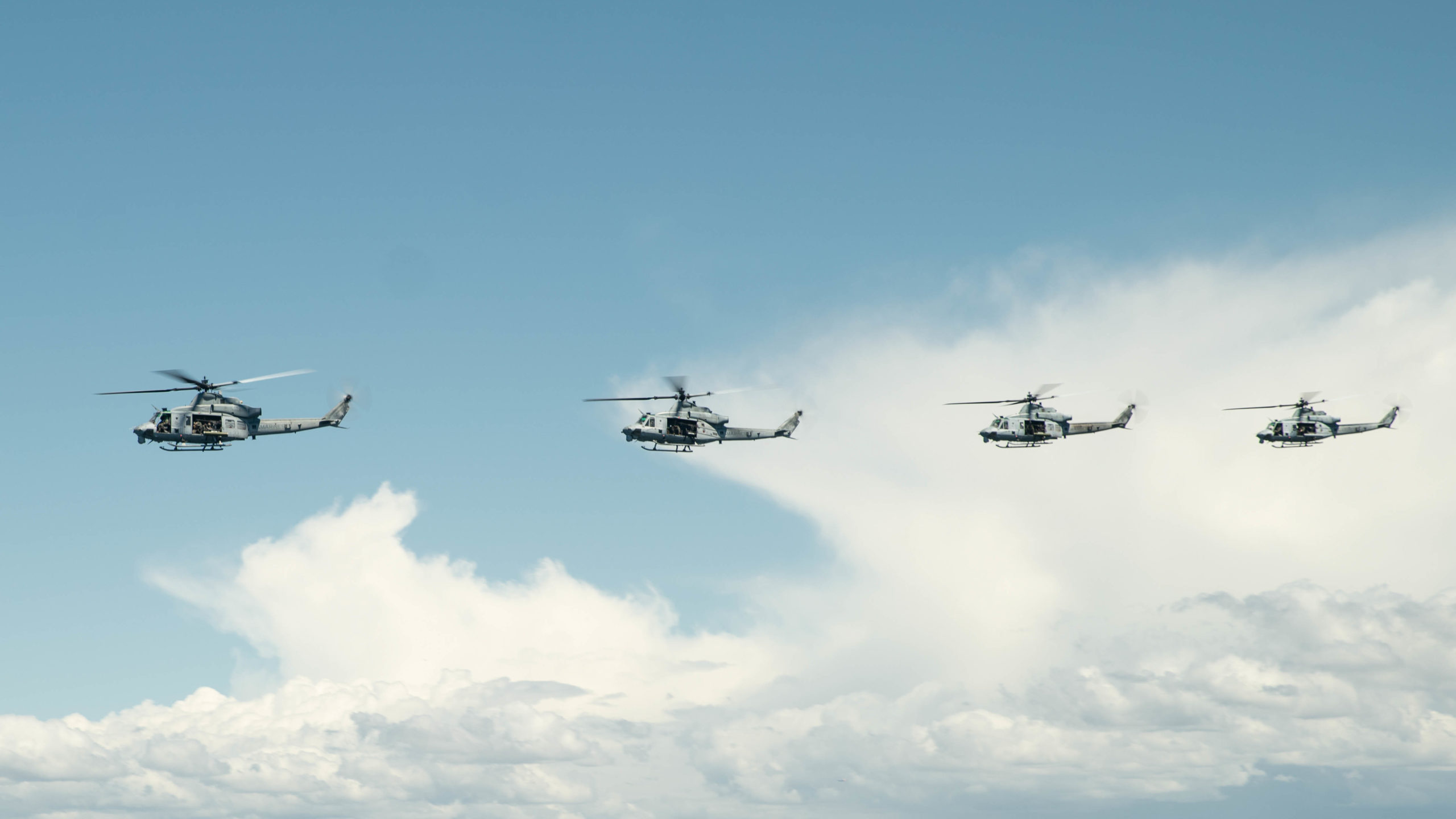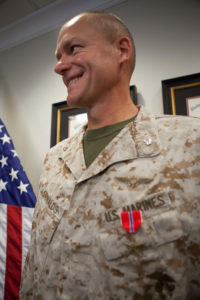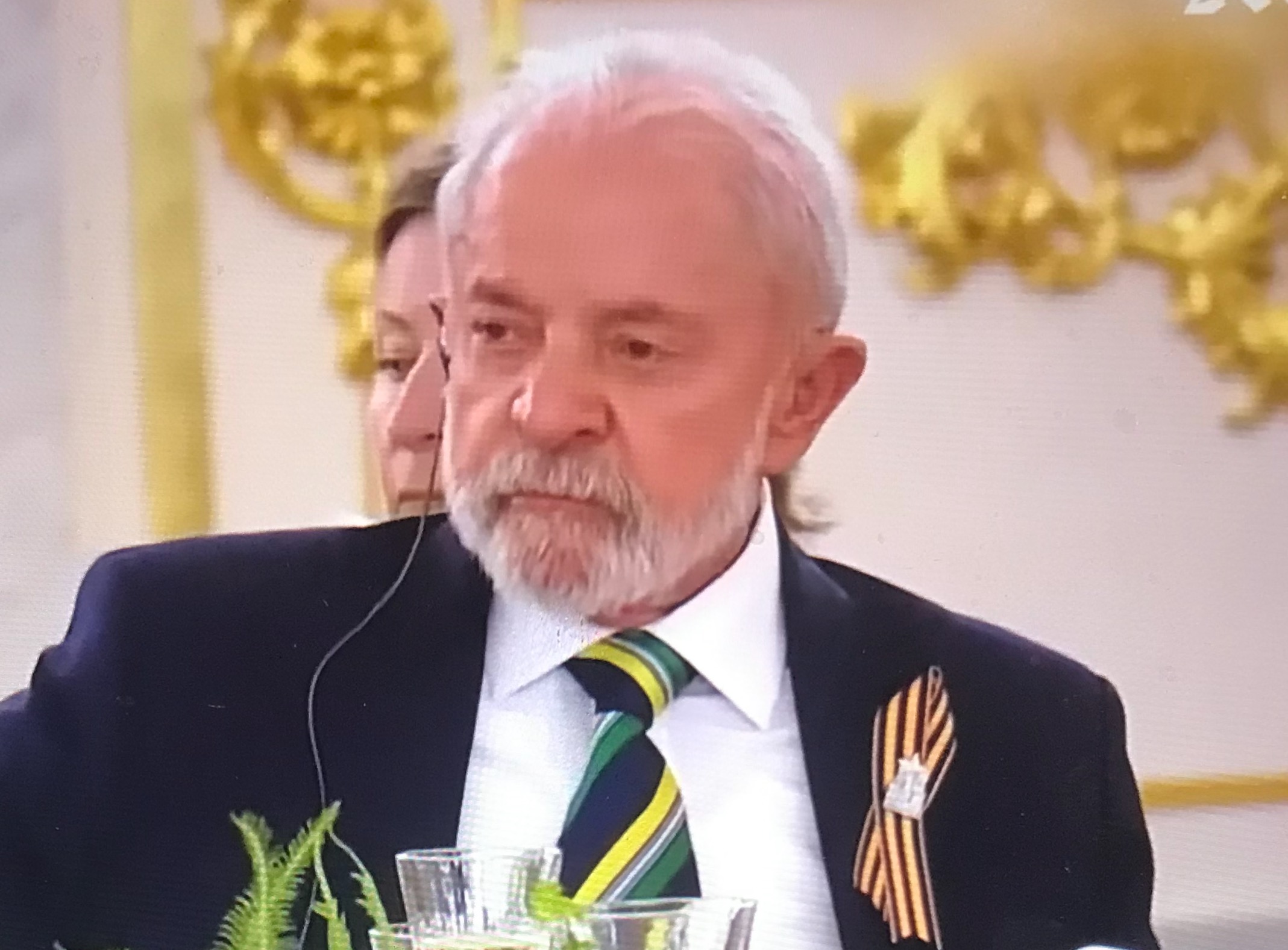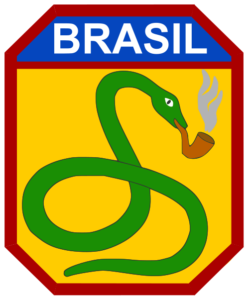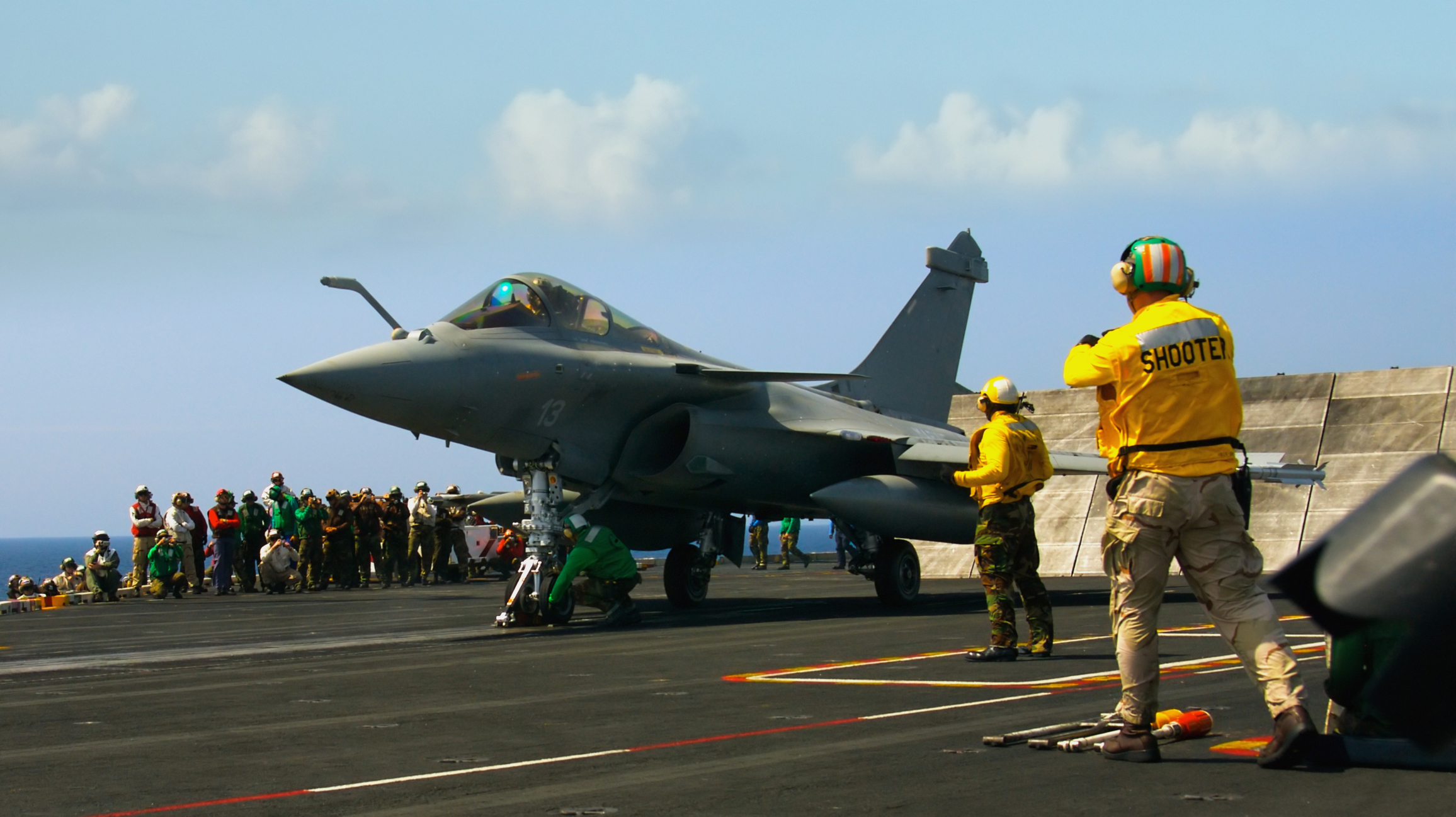An interview with Major Sean Timothy Penczak, Operations Officer with VMM-162
By Robbin Laird
The MV-22 Osprey has come a long way since its early days as a novel tiltrotor aircraft. What began as a specialized assault platform has evolved into an incredibly versatile multi-mission aircraft capable of transforming Marine Corps operations. In an interview held in his office at Marine Corps Air Station New River on April 30, 2025, Major Sean Timothy Penczak, Operations Officer with VMM-162, shared his extensive experience with the platform and provided insights into its evolving capabilities.
From Novice to Veteran
Major Penczak joined the Marine Corps in January 2009 and, after working briefly as a Logistics Officer, made his way to flight school. In 2012, he selected the MV-22 at a time when there were reportedly “less than 100 Osprey pilots in the fleet.” His career has included deployments to Afghanistan, Kuwait for Operation Inherent Resolve, Spain with the Special Purpose MAGTF Crisis Response Africa, Hawaii, and Australia.
Afghanistan: Proving the Platform
During his 2014 deployment to Afghanistan, Major Penczak participated in a pilot program called “Enhanced Casevac,” which demonstrated one of the Osprey’s unique advantages. While traditional helicopters were limited to a 40 nautical mile “golden hour” range, the MV-22 could reach that distance and return in just 20 minutes.
“I could get up off deck in less than 15 minutes, out to pick somebody up, and home in about 10 to 15 minutes,” Penczak recalled. “You can max blast out to get to a point of injury.”
This capability proved invaluable for casualty evacuation, allowing injured personnel to be transported to medical facilities within the critical “golden hour” timeframe. The aircraft’s unique combination of helicopter landing capability with fixed-wing speed and range made it ideal for this mission.
Self-Deployment: Beyond Traditional Constraints
One of the Osprey’s most revolutionary capabilities is its self-deployment range. Major Penczak described missions in Spain where the aircraft could “self-deploy to support units located in a lot of different areas,” hopping between islands across the Mediterranean without requiring the extensive logistical support needed by other aircraft.
In Australia, where Penczak participated in two Marine Rotational Force-Darwin deployments, the Osprey demonstrated similar advantages. “We could self-deploy ourselves all over Australia,” he noted, explaining how a journey that would take “multiple hops for our H-1 brethren” could be completed in a single hour-long flight by the MV-22.
The Payload Revolution
As the interview progressed, the discussion turned to the “payload revolution.” The Osprey has evolved from primarily transporting Marines to supporting a much wider range of mission sets through various payloads and configurations.
“What do you want to put on the bird to utilize?” Penczak asked rhetorically. The aircraft can be configured for numerous roles:
- Casualty evacuation with medical teams and equipment
- Command and control platform coordinating other aircraft
- ISR (Intelligence, Surveillance, Reconnaissance) platform
- Logistics support moving critical supplies
- Troop transport for rapid insert/extract operations
Major Penczak highlighted a recent exercise in the Bahamas where the Osprey demonstrated its exceptional transport capabilities. The platform efficiently moved an individual who required medical treatment from a remote island to Miami in under 40 minutes – a rapid transit performance that distinguishes the Osprey from other aviation platforms.
Digital Backbone: The Next Evolution
Looking to the future, a significant enhancement which I believe is important for the Osprey is the implementation of a new digital backbone. This upgrade would allow greater flexibility in integrating various payloads without extensive integration with the airplane’s systems, enabling operators to be more responsive to mission needs.
“The less computers, less weight,” Penczak posited, noting how the incorporation of smaller, more advanced systems could further enhance the aircraft’s capabilities while reducing physical constraints, enabling a variety of different payloads for different missions.
Training for Multi-Mission Capability
Operating such a versatile platform presents unique training challenges. Major Penczak explained the deliberate and progressive approach to pilot development, with a minimum of approximately 500 hours of flight time required before pilots can become aircraft commanders.
The training pipeline builds from basic flight skills to advanced tactical employment, including night operations, low-altitude tactics, aerial refueling, and specialized mission sets like hoist operations. Simulation plays a crucial role in this process, allowing pilots to practice complex scenarios before executing them in the aircraft.
Distributed Aviation Operations
The interview concluded with a discussion of how the Osprey supports the concept of Distributed Aviation Operations (DAO), particularly in potential island-chain scenarios. The MV-22’s ability to operate from austere locations without requiring established runways makes it invaluable for this operational concept.
“Marines aren’t going to sit at an airfield. That’s just not what Marines are supposed to do,” Penczak noted. The Osprey can connect these distributed forces, delivering personnel, equipment, and supplies to locations inaccessible to fixed-wing aircraft or surface connectors.
Conclusion
From its early days as a specialized assault platform to its current role as a multi-mission enabler, the MV-22 Osprey has proven itself as a transformative capability for the Marine Corps. As Major Penczak put it, the Osprey represents “the best of both worlds,” combining the vertical landing capability of a helicopter with the speed and range of a fixed-wing aircraft.
As the platform continues to evolve with new technology and tactics, its central role in Marine Corps operations seems assured in the period ahead.




